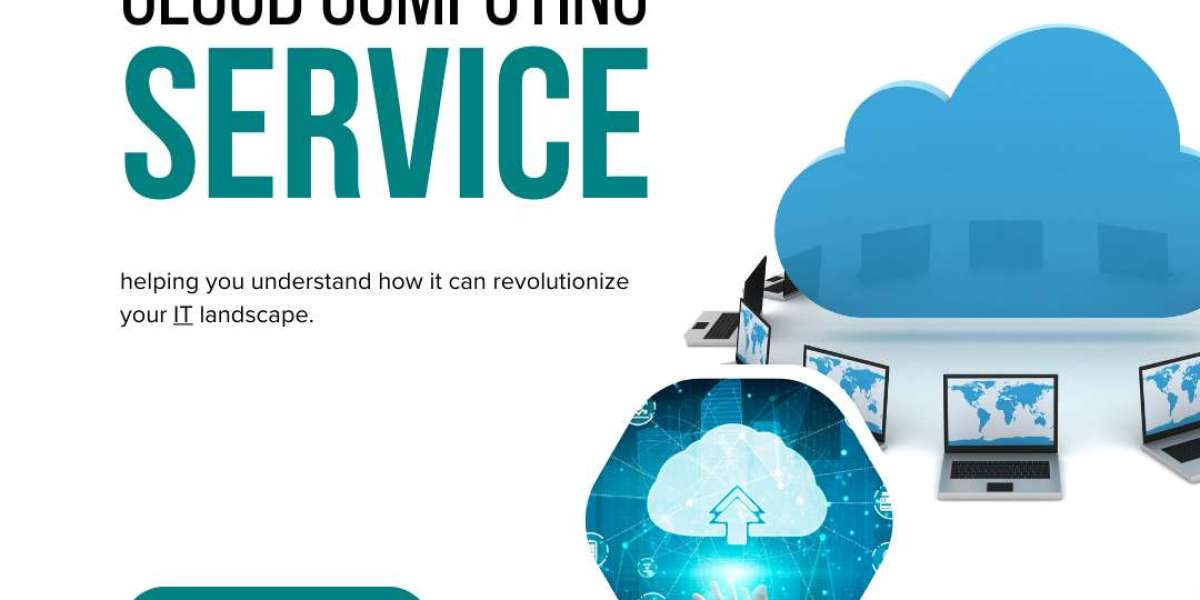What is Cloud Computing?
Cloud computing refers to the delivery of various computing services—including storage, processing power, and applications—over the internet. These services are typically provided by third-party companies known as cloud service providers (CSPs), which own and maintain the physical data centers and infrastructure. Instead of investing in expensive hardware and software, users can access these resources on-demand, paying only for what they use.
Benefits of Cloud Computing
Cloud computing offers numerous advantages that can significantly enhance business operations and efficiency. Here are some of the key benefits:
1. Cost Efficiency
One of the primary benefits of cloud computing is cost efficiency. By using cloud computing services, businesses can avoid the substantial upfront costs associated with purchasing and maintaining hardware and software. Instead, they pay a subscription fee based on their usage, which can be scaled up or down according to their needs.
2. Scalability
Cloud computing allows businesses to scale their resources effortlessly. Whether you need additional storage, processing power, or bandwidth, cloud services can be adjusted to meet your demands quickly and efficiently. This scalability is particularly beneficial for businesses with fluctuating workloads.
3. Flexibility and Mobility
Cloud computing provides unparalleled flexibility and mobility. Users can access cloud services from anywhere with an internet connection, enabling remote work and collaboration. This flexibility is essential for modern businesses that require constant access to their data and applications.
4. Disaster Recovery and Business Continuity
Cloud services offer robust disaster recovery solutions, ensuring that your data is backed up and easily recoverable in case of a disaster. This capability is vital for maintaining business continuity and protecting against data loss.
5. Enhanced Collaboration
Cloud computing facilitates collaboration by providing shared access to files and applications. Team members can work on projects simultaneously, regardless of their physical location, leading to improved productivity and efficiency.
Types of Cloud Computing
Cloud computing services can be categorized into several types based on deployment models and service models. Understanding these types is crucial for selecting the right cloud solution for your needs.
Deployment Models
Public Cloud: Public cloud services are provided by third-party providers over the public internet. They are shared by multiple organizations and are ideal for businesses that require scalability and cost-efficiency. Examples include Amazon Web Services (AWS), Microsoft Azure, and Google Cloud Platform.
Private Cloud: Private cloud services are dedicated to a single organization and are typically hosted on-premises or by a third-party provider. They offer greater control and security, making them suitable for businesses with strict regulatory and compliance requirements.
Hybrid Cloud: Hybrid cloud combines public and private clouds, allowing data and applications to be shared between them. This approach provides greater flexibility, enabling businesses to optimize their existing infrastructure while leveraging the benefits of both public and private clouds.
Service Models
Infrastructure as a Service (IaaS): IaaS provides virtualized computing resources over the internet, such as virtual machines, storage, and networks. It allows businesses to rent IT infrastructure on a pay-as-you-go basis. Examples include AWS EC2 and Google Compute Engine.
Platform as a Service (PaaS): PaaS offers hardware and software tools over the internet, primarily for application development. It provides a platform that includes the infrastructure and software needed to develop, test, and deploy applications. Examples include AWS Elastic Beanstalk and Google App Engine.
Software as a Service (SaaS): SaaS delivers software applications over the internet on a subscription basis. Users can access these applications through a web browser without installing or maintaining any software. Examples include Microsoft Office 365, Salesforce, and Google Workspace.
Real-World Examples of Cloud Computing
To illustrate the impact of cloud computing, here are a few real-world examples:
Netflix: Netflix leverages AWS to manage its vast streaming service, providing seamless content delivery to millions of users worldwide. Cloud computing allows Netflix to scale its resources dynamically based on user demand, ensuring a smooth viewing experience.
Airbnb: Airbnb uses cloud computing services to manage its global online platform. The cloud enables Airbnb to handle large amounts of data, process transactions, and provide a reliable service to hosts and guests.
Dropbox: Dropbox utilizes cloud computing to offer file storage and sharing services to millions of users. The cloud infrastructure supports seamless synchronization and access to files from any device.
Conclusion
Cloud computing has transformed the way businesses and individuals manage, store, and process data. By understanding the benefits, types, and security aspects of cloud computing, you can leverage this technology to enhance your operations and achieve greater efficiency. Whether you are a small business owner or a large enterprise, cloud computing services offer the flexibility, scalability, and cost-efficiency needed to thrive in today's digital landscape. Embrace the power of the cloud and unlock new opportunities for innovation and growth.







